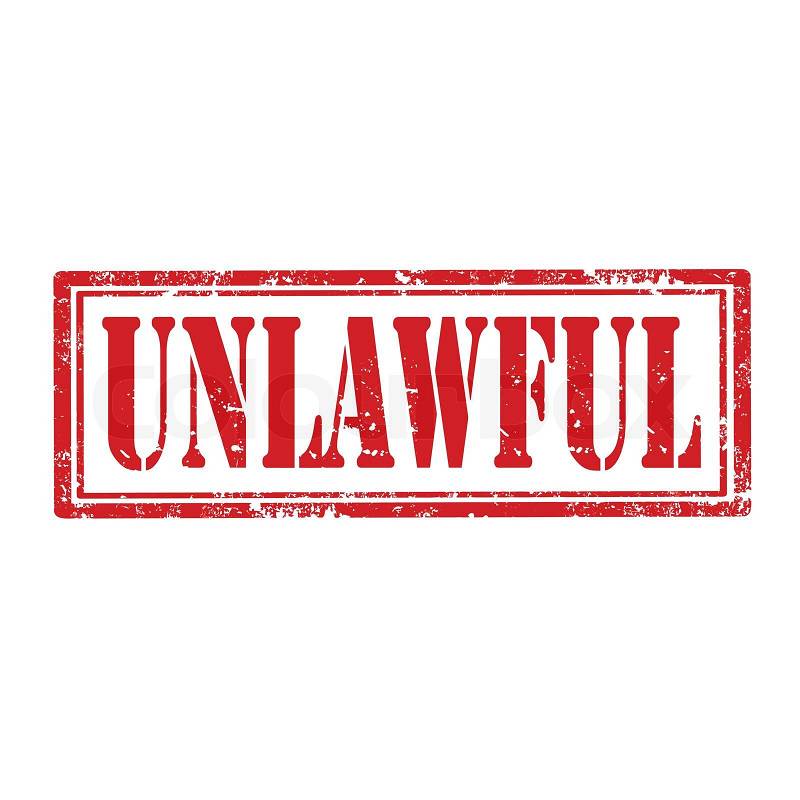Legal provisions regarding Every member of unlawful assembly guilty of offence committed in prosecution of the common object under section 149 of Indian Penal Code, 1860.
Every member of unlawful assembly guilty of offence committed in prosecution of the common object:
If an offence is committed by any member of an unlawful assembly in prosecution of the common object of that assembly, or such as the members of that assembly knew to be likely to be committed in prosecution of that object, every person who, at the time of the committing of that offence, is a member of the same assembly, is guilty of that offence.
ADVERTISEMENTS:
The following are the essentials of Section 149:
i) Commission of an offence by any member of an unlawful assembly;
ii) Such offence must have been committed in prosecution of the common object of the assembly; or must be such as the members of the assembly knew to be likely to be committed.
ADVERTISEMENTS:
The object of Section 149 is to make clear that an accused person whose case falls within its terms cannot put forward the defence that he did not, with his own hand, commit the offence committed in prosecution of the common object of the unlawful assembly or such as the members of the assembly knew to be likely to be committed in prosecution of that object.
Offence committed by members of the unlawful assembly
In Yunis v. State of Madhya Pradesh [2003 CrLJ 817 (SC)], it was held that presence of accused as part of unlawful assembly is sufficient for conviction. The fact that accused was a member of unlawful assembly and his presence at place of occurrence has not been disputed is sufficient to hold him guilty even if no overt act is imputed to him.
In Ram Dular Rai v. State of Bihar [2004 CrLJ 635 (SC)] it was held that mere presence in unlawful assembly cannot render a person liable unless he was actuated by common object and that object is one of those set out in Section 141 of IPC. Common object is different from a ‘common intention’ as it does not require prior concert and prior meeting of minds before attack.
ADVERTISEMENTS:
Before Section 149 can be called in aid, the court must find with ’certainty’ that there were at least five persons sharing the common object. Members of an unlawful assembly may have a community of object only up to a certain point, beyond which they may differ in their object, and the knowledge possessed by each member of what is likely to be committed in prosecution of their common object will vary, not only according to the information at his command, but also according to the extent to which he shares the community of object, and as a consequence of this the effect of this section may be different as different members of the same unlawful assembly.
The expression ‘in prosecution of common object’ has to be strictly construed as equivalent to “in order to attain the common object”. The words ‘in prosecution of the common object’ do not mean ‘during the prosecution of the common object of the assembly’.
This phrase means that the offence committed was immediately connected with the common object of the unlawful assembly, of which the accused were members. The effect of Section 149 of the Code may be different on different members of the same unlawful assembly.
Section 149 of the Code is not intended to subject a member of the same unlawful assembly to punishment for every offence which is committed by one of its members during that time when they were engaged in the prosecution of the common object.
In order to bring a case within Section 149, the act must be done with a view to accomplish the common object of the unlawful assembly, or it must be proved that the offence, though committed in prosecution of the common object of the unlawful assembly, is one which the accused knew would be likely to be committed in prosecution of the common object.
Section 149 of the Code applies equally in cases where offences are committed by a single member of an unlawful assembly and in cases where offences are committed by two or more members of the assembly acting in furtherance of a common intention. If an offence is committed, whether by a single member of the assembly or by a group of members, the other members of the assembly may be liable under Section 149.
Whenever a court convicts any person for an offence with the aid of Section 149 of the Code, a clear finding regarding a common object of the unlawful assembly must be given and the evidence discussed must show not only the nature of the common object but also that the object was unlawful.
Section 149 makes every member of an unlawful assembly at the time of committing of the offence guilty of that offence. The second part of Section 149 relates to a situation where the members of the assembly know that the offence is likely to be committed in prosecution of the common object. A thing is likely to happen only when it will probably happen or may very well happen. The word ‘knew’ indicates a state of mind at the time of commission of an offence and not later. Knowledge must be proved.
The word ‘likely’ means some clear evidence that the unlawful assembly had such knowledge. The prosecution must prove that the accused not only knew that the offence was likely to be committed but also that it was likely to be committed in prosecution of the common object of the assembly.
In K.C, Mathew v. State [AIR 1956 SC 241], people gathered at dead of night armed with crackers, choppers and sticks to rescue persons who were guarded by armed police. It was held that they must have known that murder will be committed and a conviction for murder-cum-rioting was justified.
